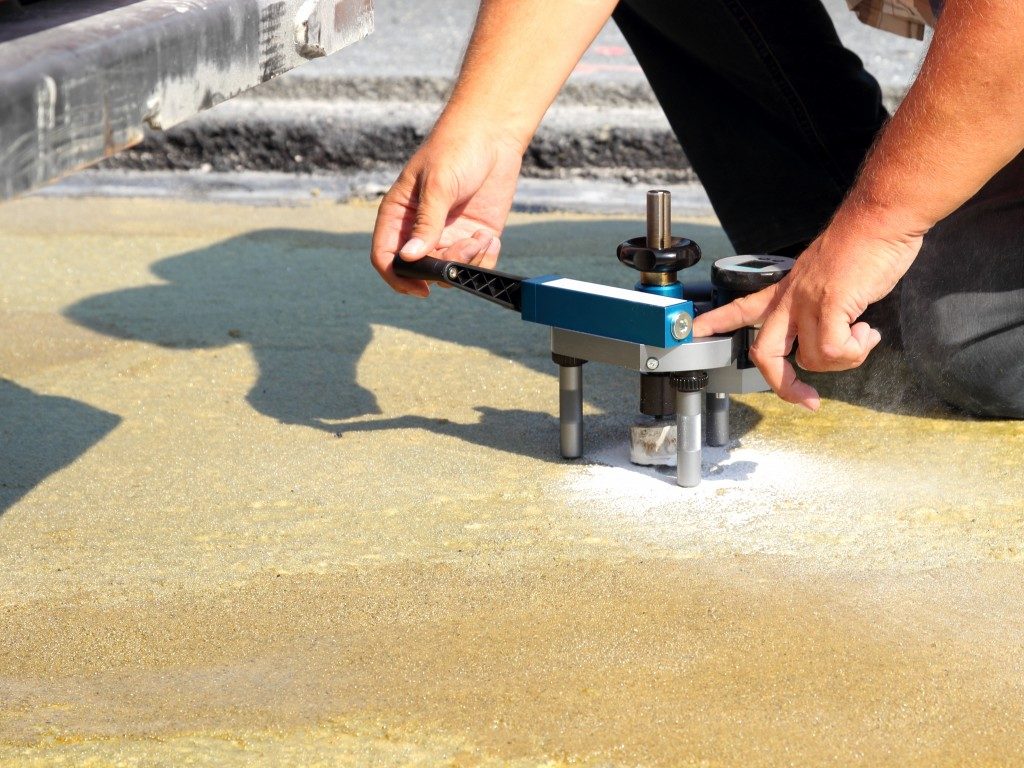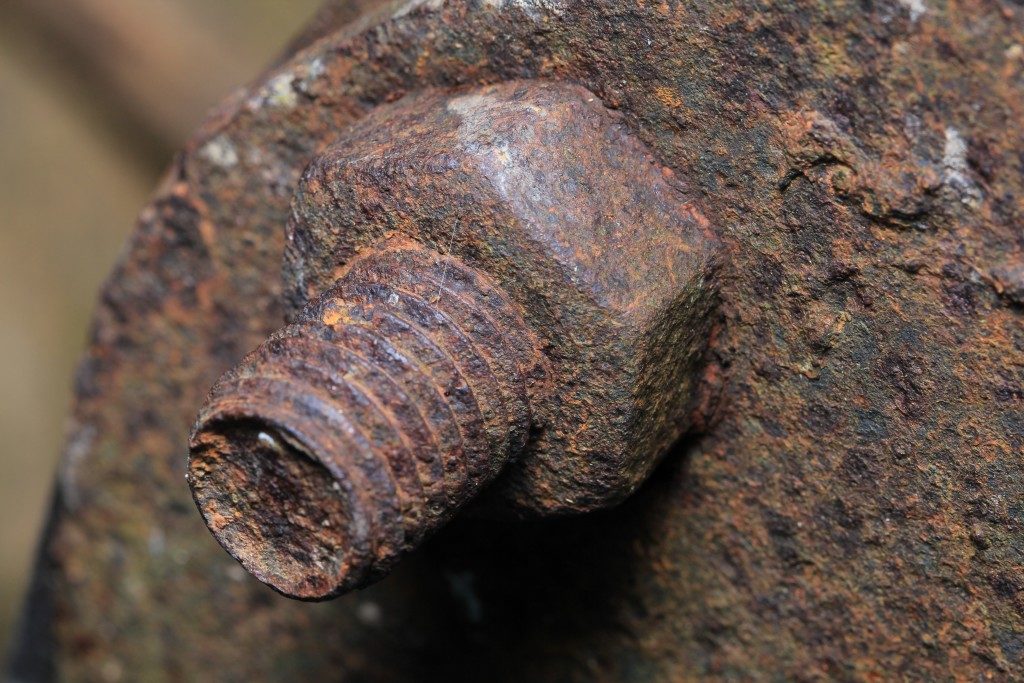Concrete is used in construction for its formability and durability. It has high compressive strength but low tensile strength. This means it has the ability to carry high load weights but may fail when subjected to moderate amounts of tension. Steel reinforced beams are added to prevent concrete cracking. However, steel material often results in problems of corrosion. This is a costly problem that contributes to high rates of structural deterioration.
There are construction consumables available to combat this concern. For instance, concrete tools and supplies like screw anchors and bolts may be resistant to corrosion and alkalis. Other products have a waterproofing element and can prevent water intrusion into concrete.
Why Does Corrosion Occur?
Corrosion develops in steel structures when carbonation, chlorides, and similar aggressive agents penetrate through the concrete. Reinforcing rods rust with exposure and time, and hold a reduced strength capacity. When the volume of rust is greater than that of steel, the pressure affects the surrounding concrete material. Eventually, the concrete infrastructure cracks, spalls, and weakens.
Corrosion is not immediately visible. Steel deterioration and concrete weakening begins from the inside and is commonly called concrete cancer. Corrosion usually leads to the formation of cracks. These allow corrosive agents to further penetrate and affect the underlying steel material. Unfortunately, it usually takes several years to discover that cracking has occurred in a building structure. When found, the problem is likely already in its advanced stages and deterioration to the structure extreme.
Corrosion Control and Mitigation
Design Phase
Corrosion is a problem that can be reduced or eliminated altogether if proper evaluations are made from the very beginning, during the design phase. Planning can extend the life of an asset and reduce later costs of maintenance. Contractors and designers alike need to keep in mind that high salt levels and extreme temperatures can accelerate the rate of decay of steel. As such, it is necessary to factor in environmental factors like whether the building is located in coastal, tropical, or desert areas.
Waterproofing

Water molecules can enter unprotected concrete through its network of openings like capillaries, pores, and cracks. They carry with them the aggressive chemical agents that contribute to steel corrosion. The more permeable a structure is, the more adverse its effect on durability. Concrete materials should be protected against any ingress of water in order for them to remain durable and to have a higher service life.
Sheet membranes can serve as protection against water and is meant to be applied to the outside of the concrete. However, surface-applied sheets are open to puncture damage.
Replacement
Traditionally, concrete repair involves the removal of the cracked and deteriorating concrete behind reinforcing bars. This exposes the rusted material and allows for corroded steel to be treated or replaced. However, while these repairs can prevent complete structural failure, they do not address hidden corroded areas and the problem behind water entry and corrosion.
Corrosion problems should be addressed early in order to prevent concrete cancer and related aesthetic, economic, and utilisation concerns.




